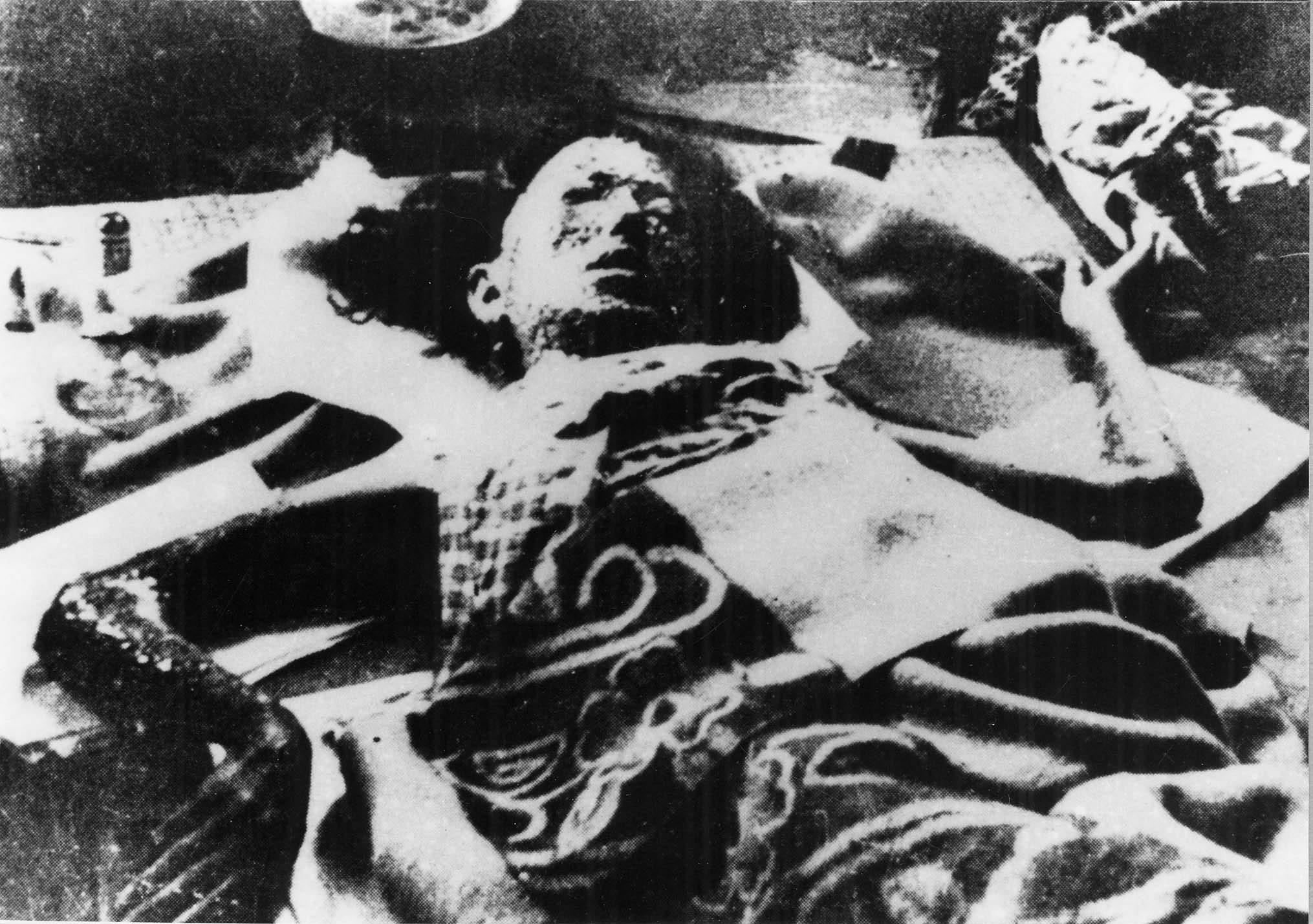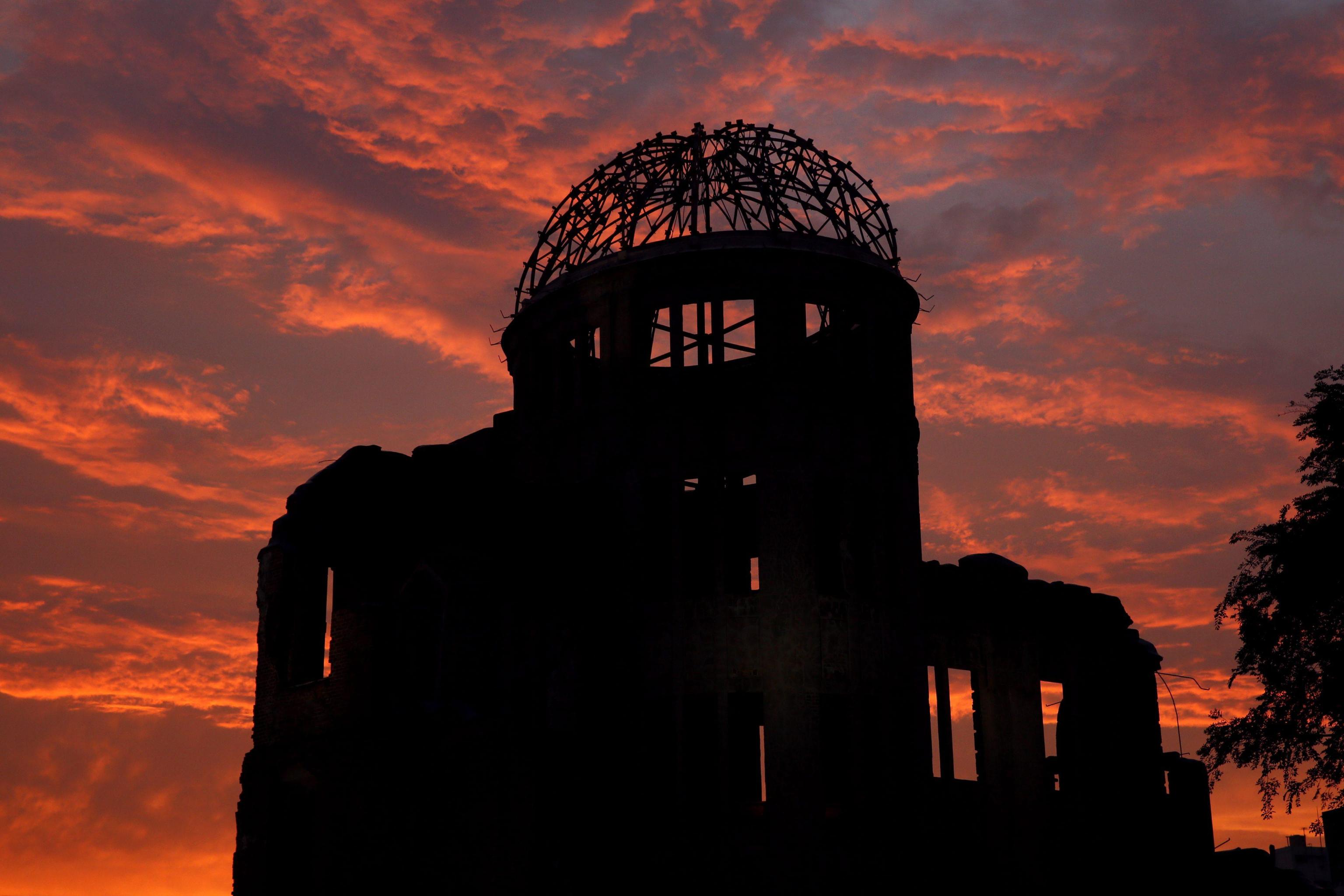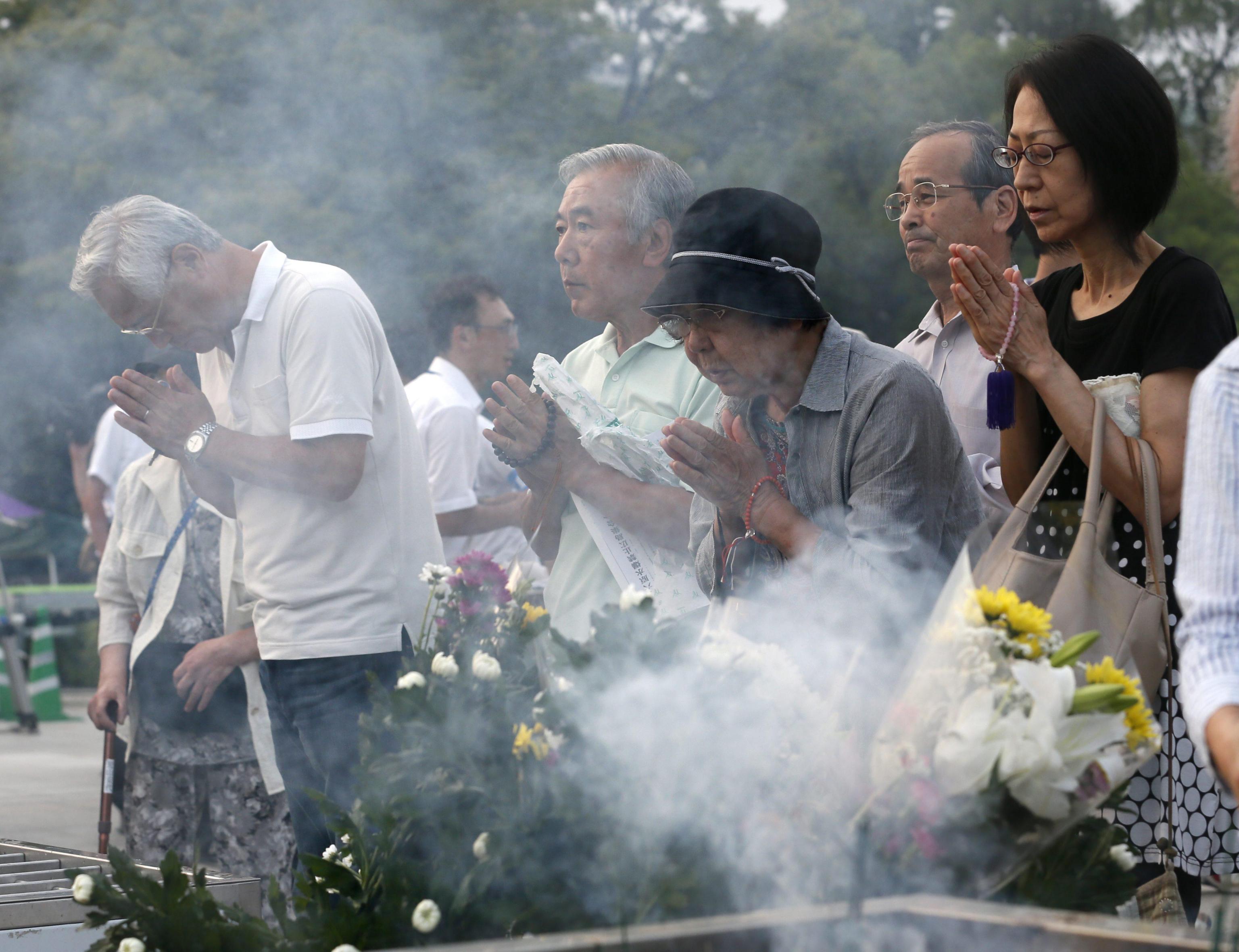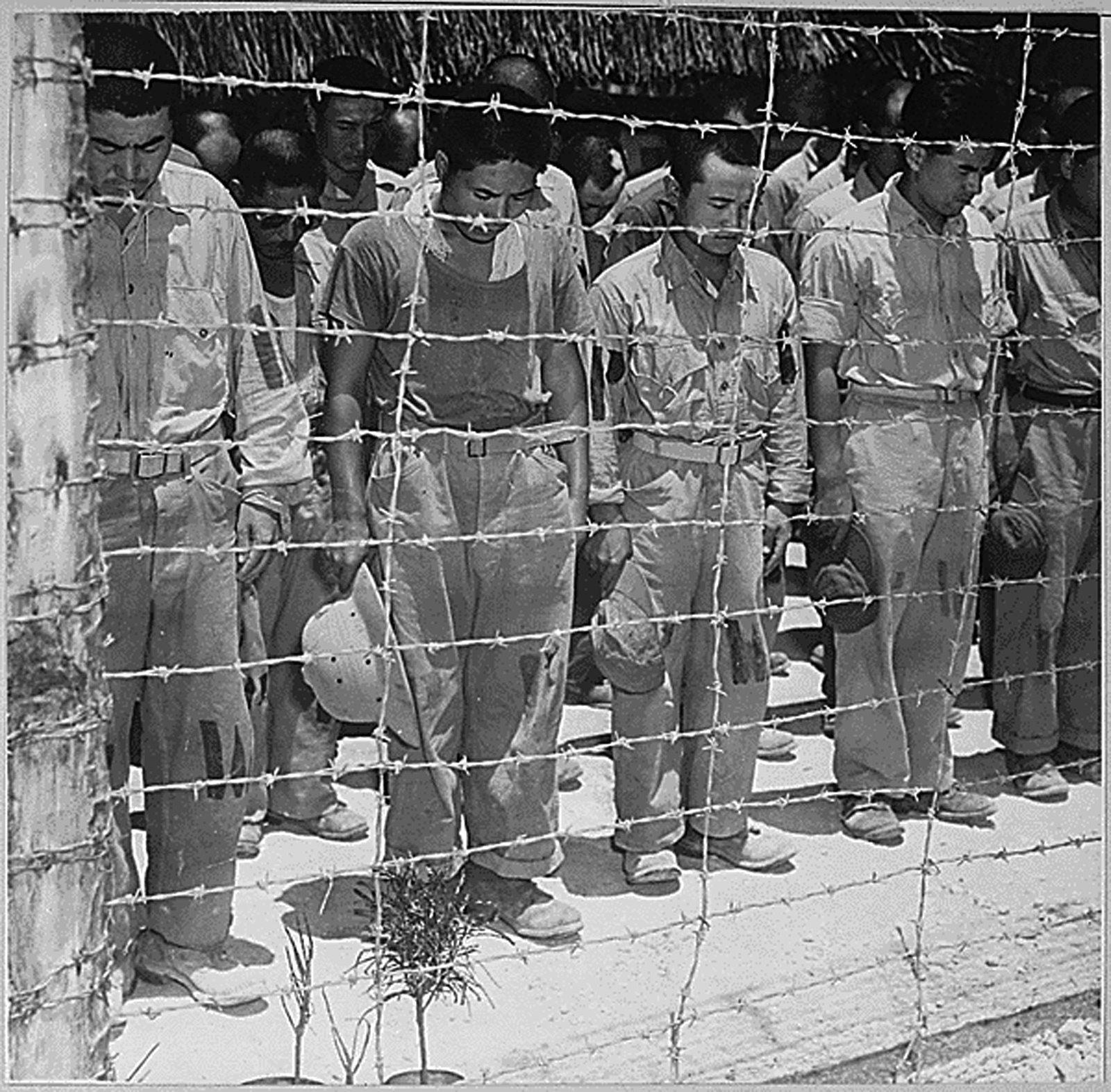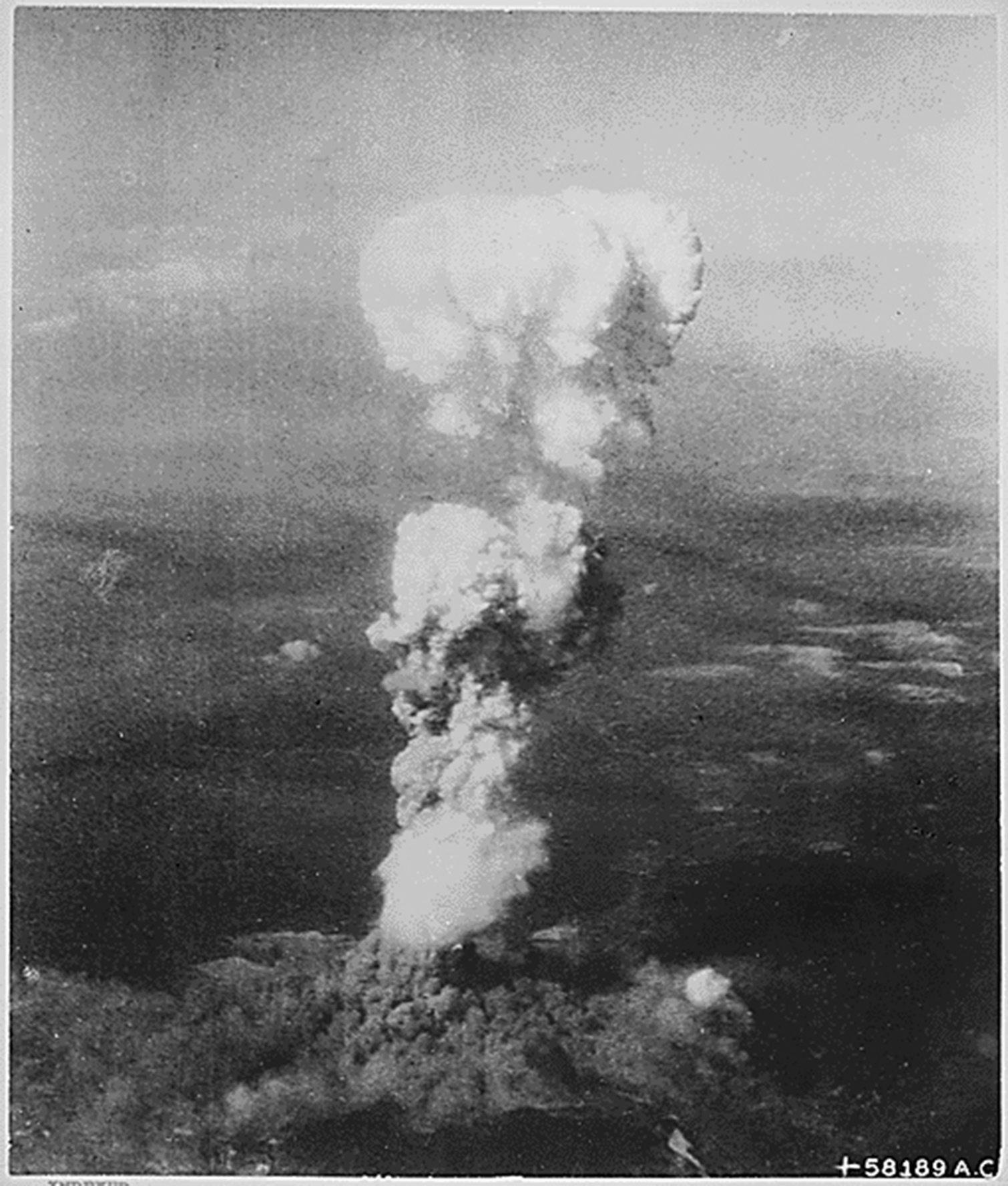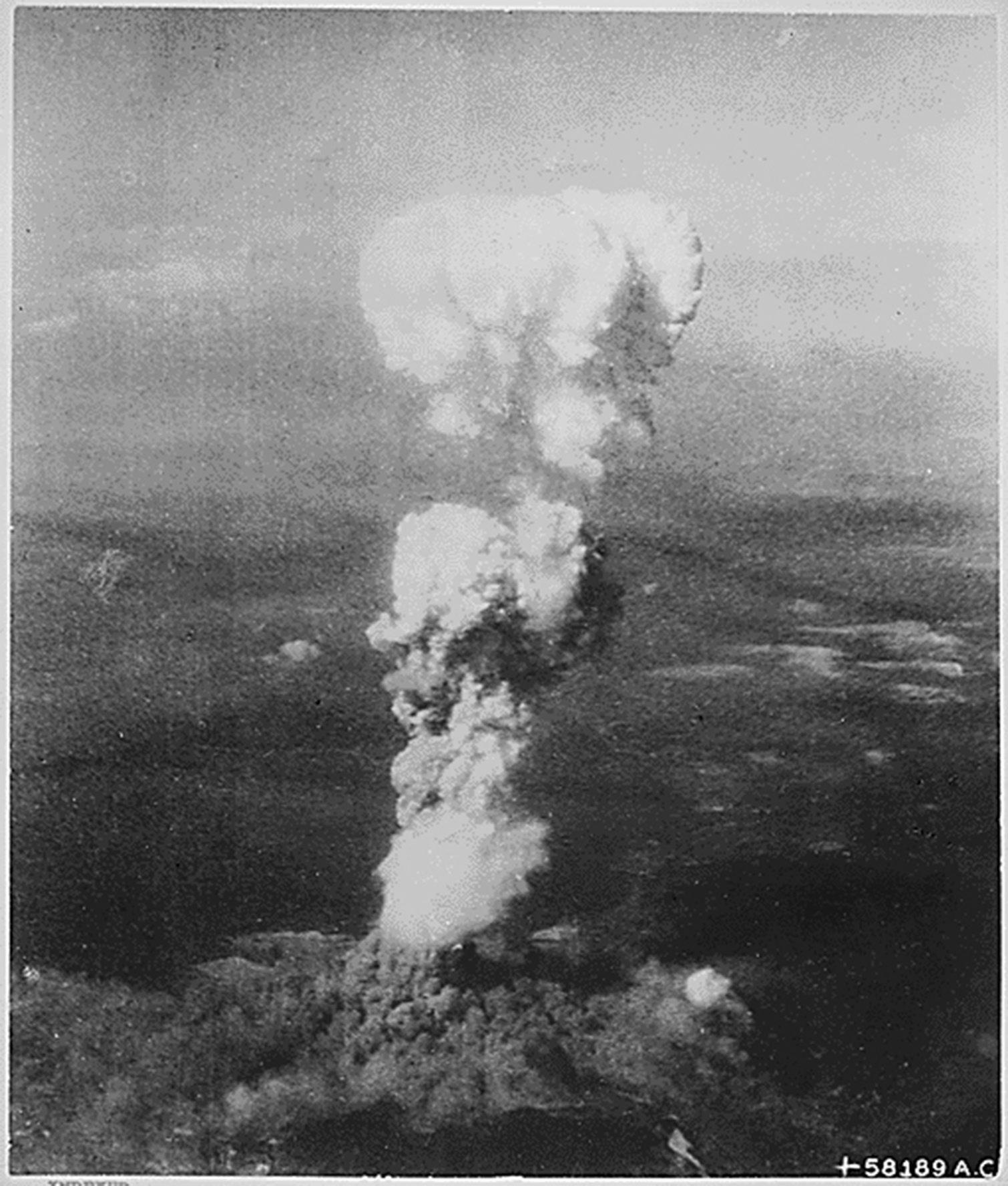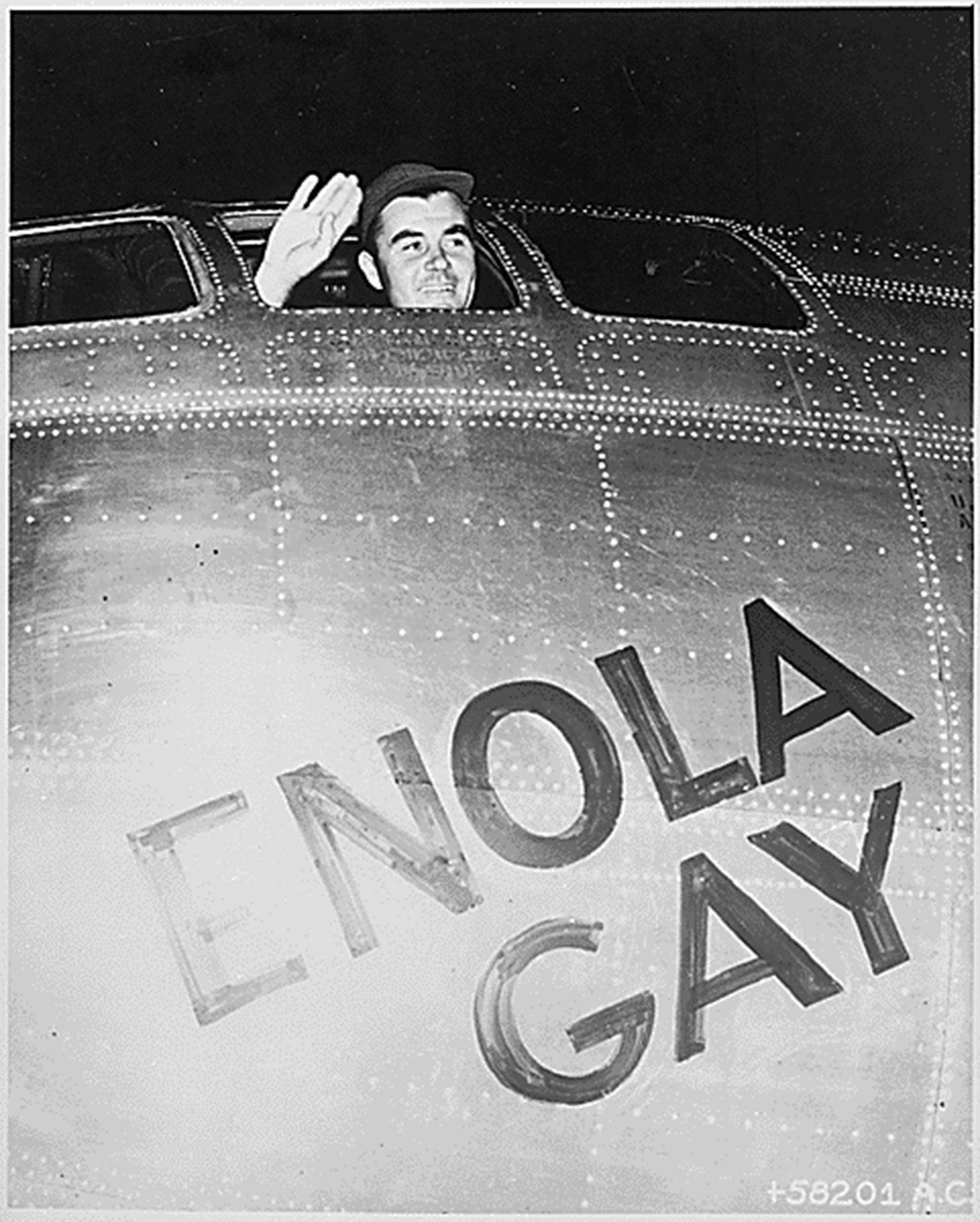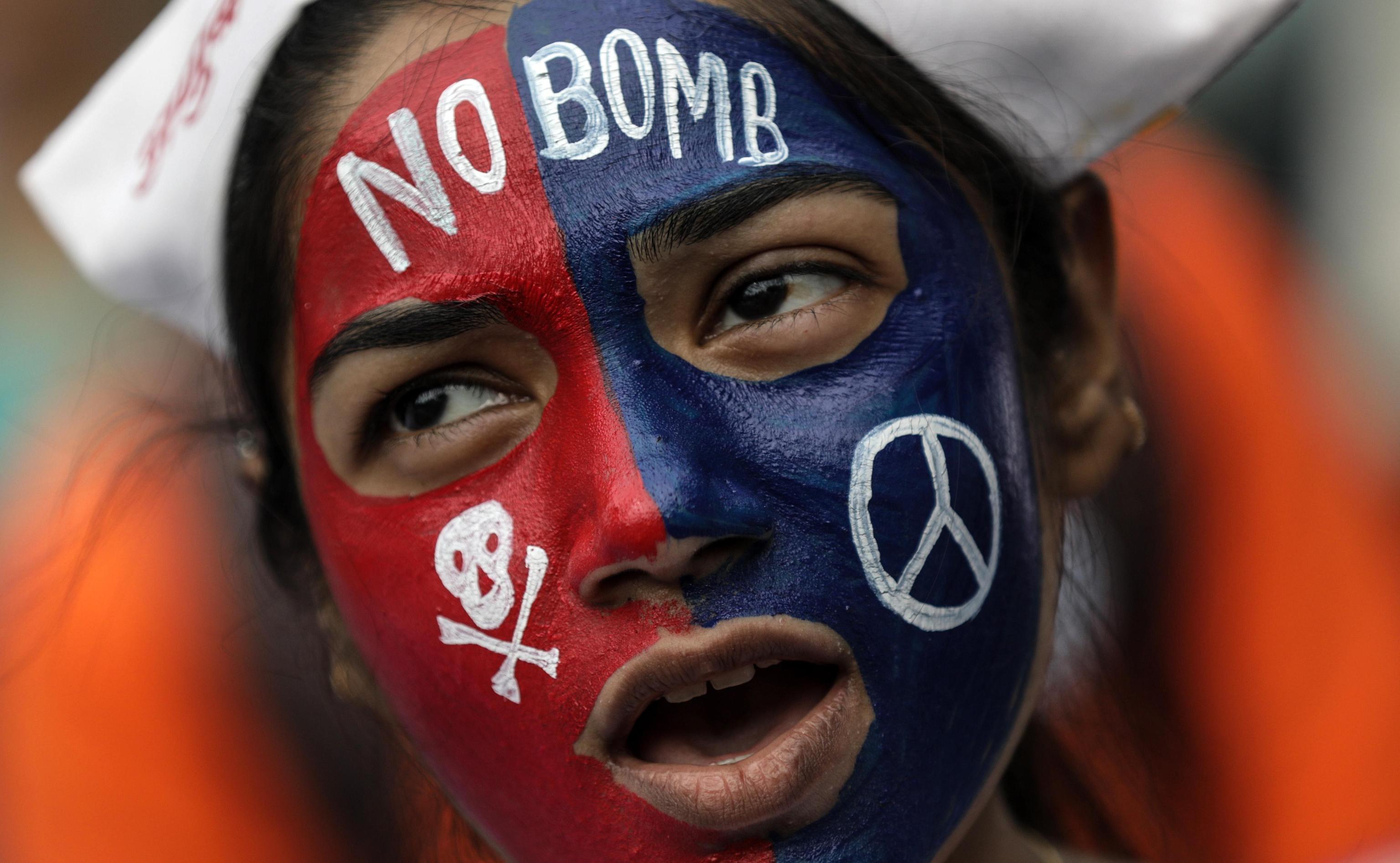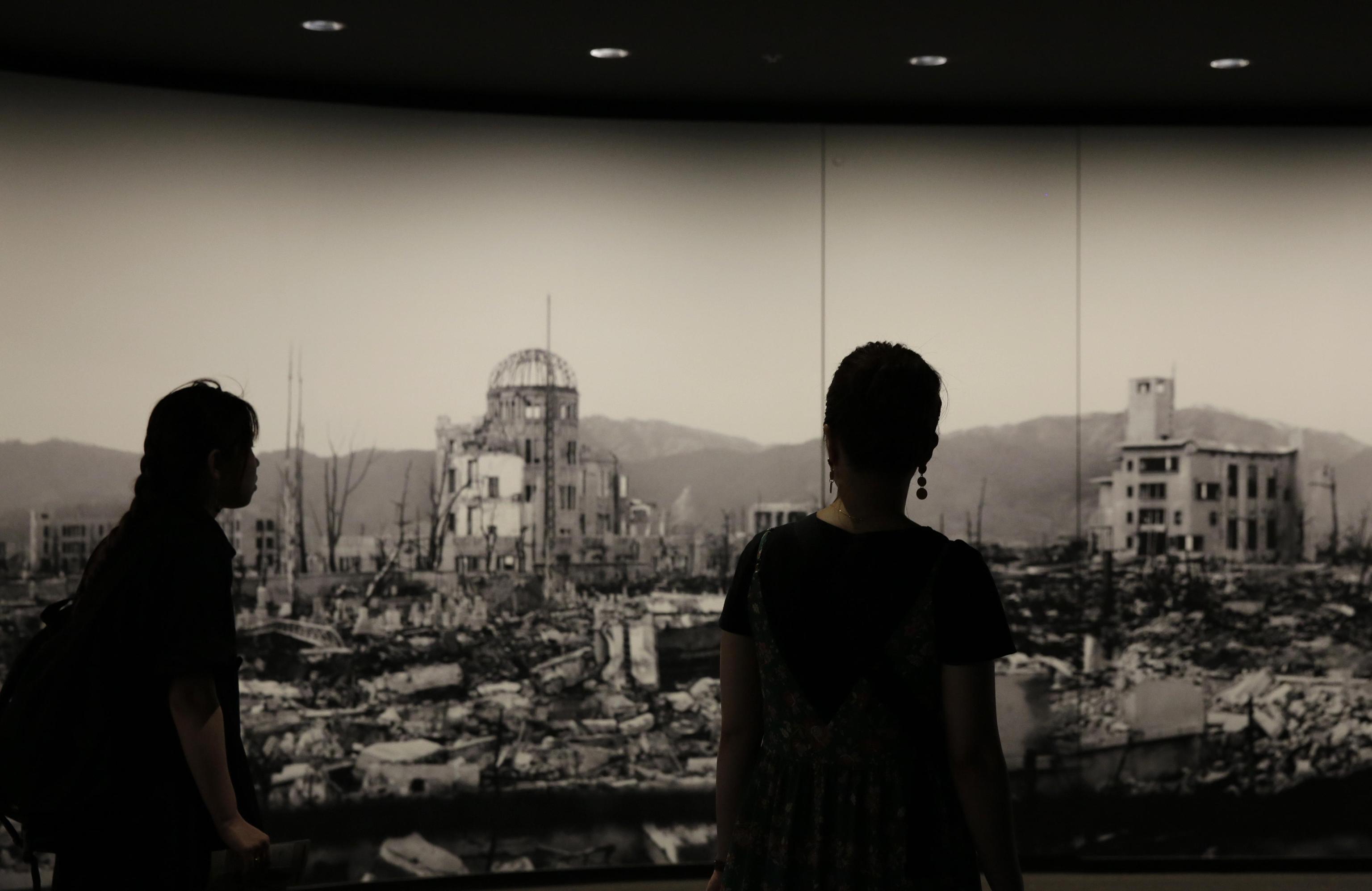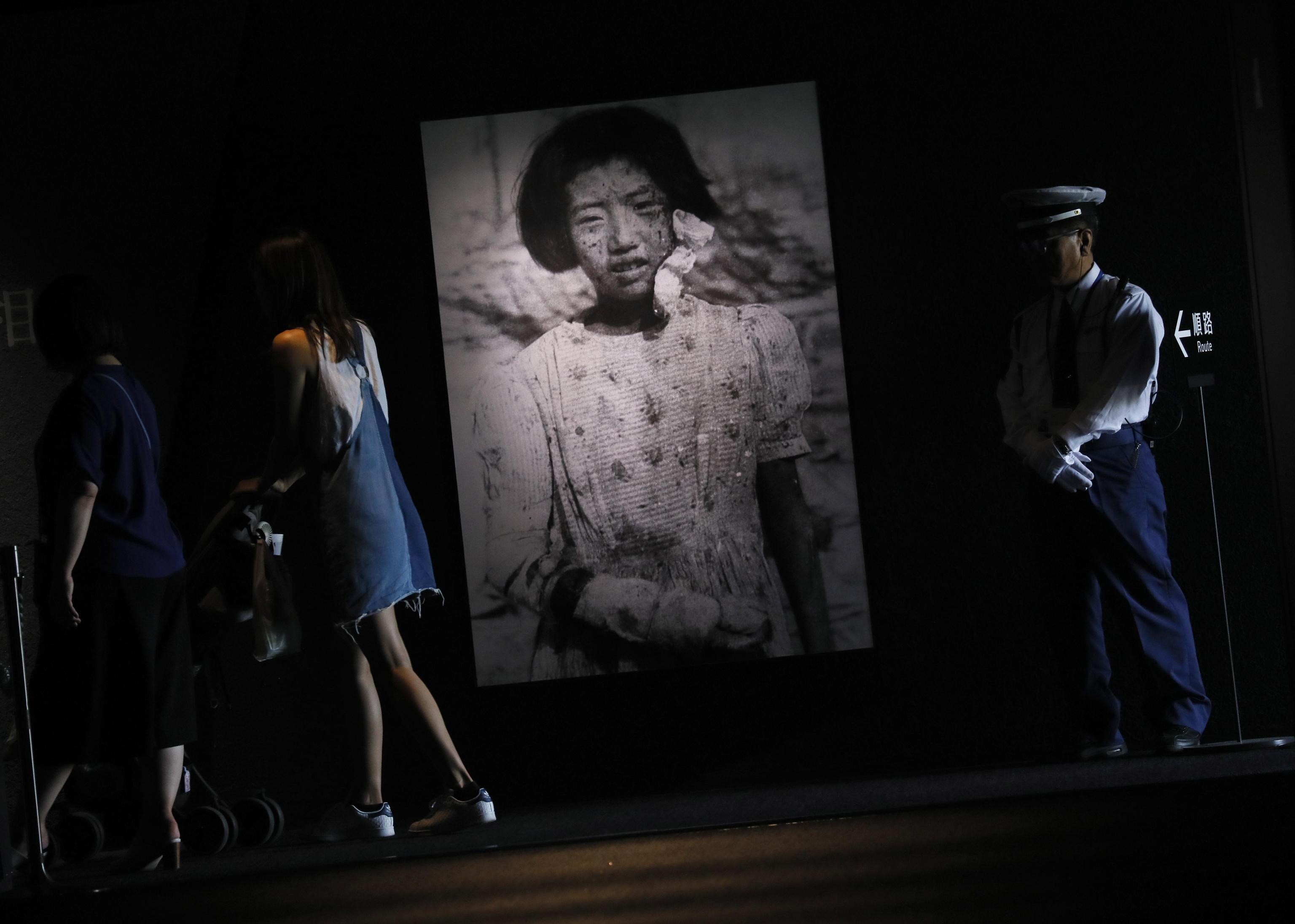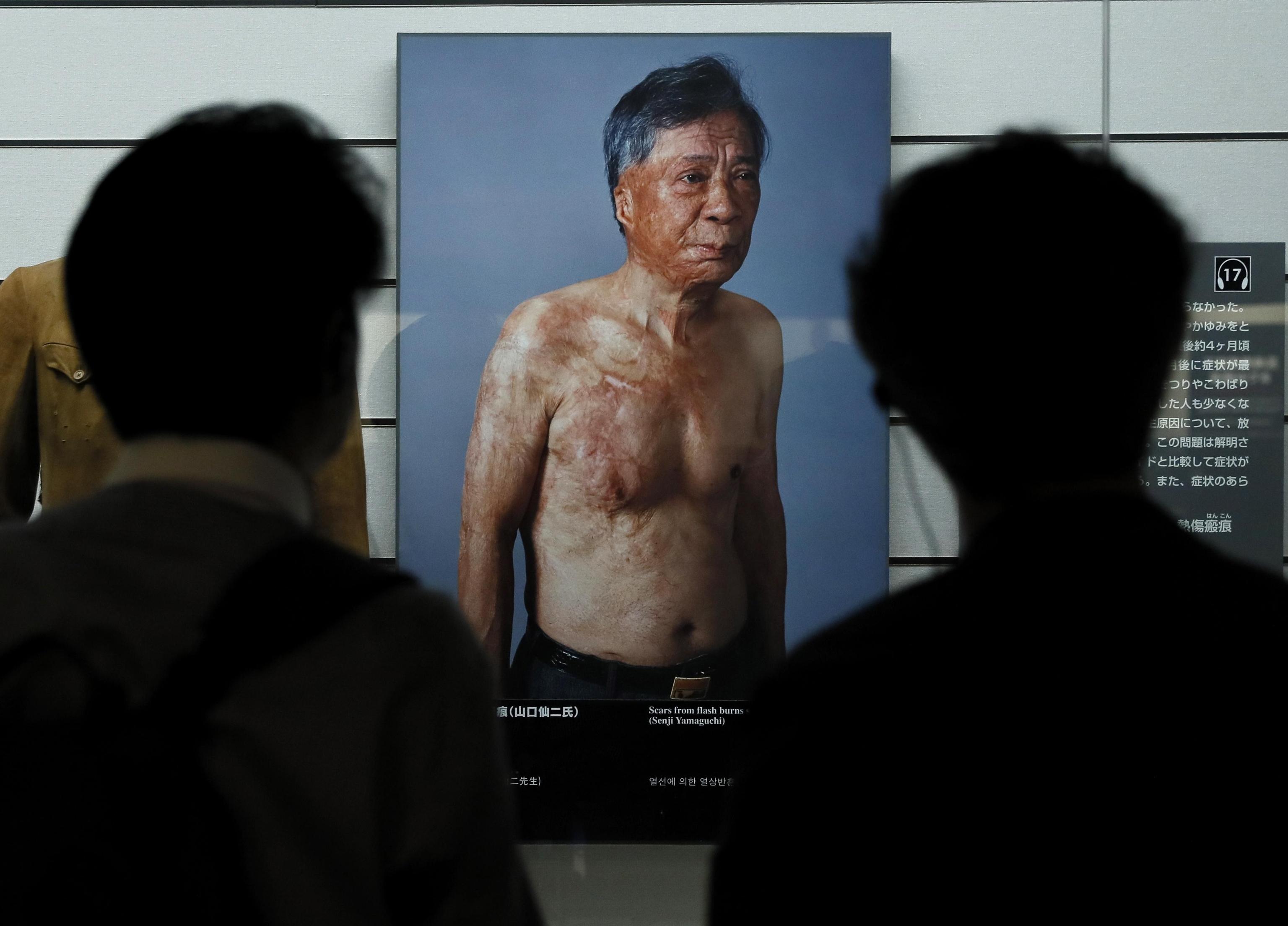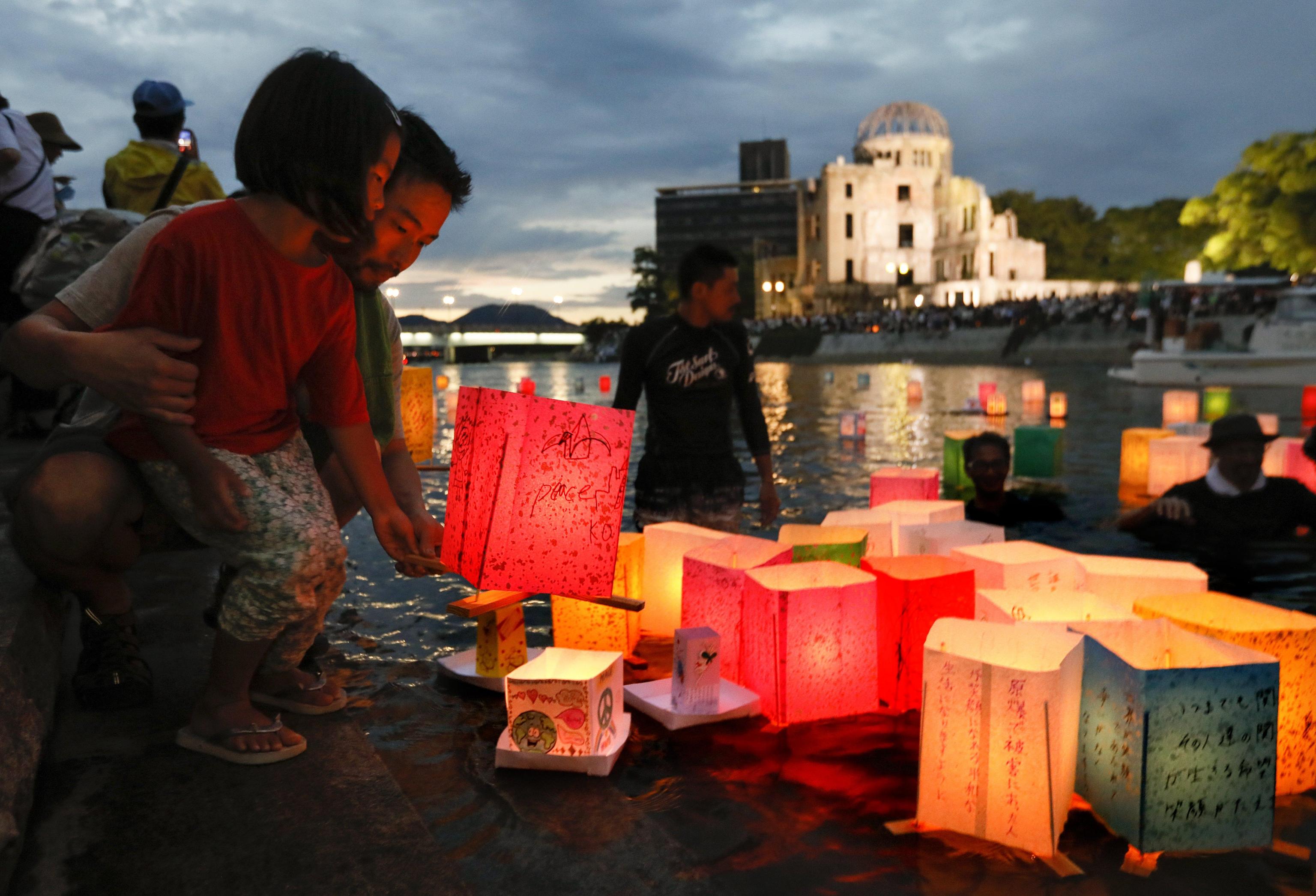Apocalisse atomica, l’attesa di un messaggio
Partito da Roma martedì 19 novembre 2019, papa Francesco arriverà a Nagasaki e Hiroshima domenica 24 novembre. Grande attesa per quanto esprimerà in questa occasione, dopo che già il 10 novembre 2017, nel convegno internazionale convocato in Vaticano sulle «prospettive per un mondo libero dalle armi nucleari e per un disarmo integrale», ha ribadito che «le armi di distruzione di massa, in particolare quelle atomiche, altro non generano che un ingannevole senso di sicurezza e non possono costituire la base della pacifica convivenza fra i membri della famiglia umana, che deve invece ispirarsi ad un’etica di solidarietà».
Francesco nel suo viaggio in Cile, nel gennaio 2018, rispondendo alla domanda di un giornalista ha detto: « Ho davvero paura. Siamo al limite. Basta un incidente per innescare la guerra. Di questo passo la situazione rischia di precipitare. Quindi bisogna distruggere le armi, adoperarci per il disarmo nucleare».
Foto Ap Ansa da archivio storico su Hiroshima
